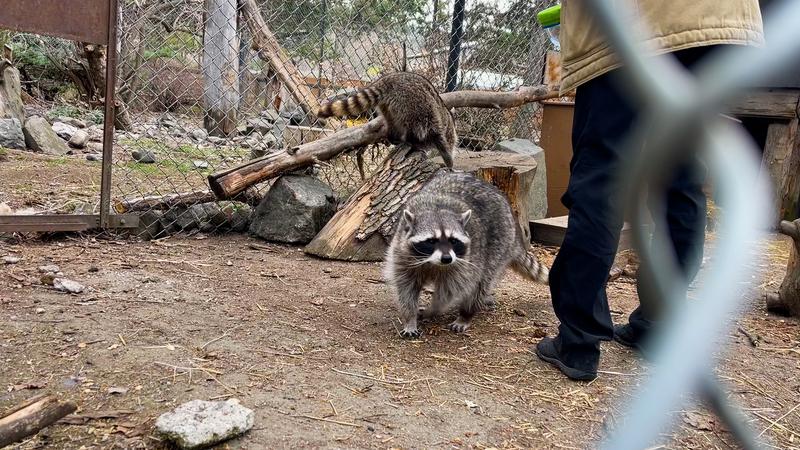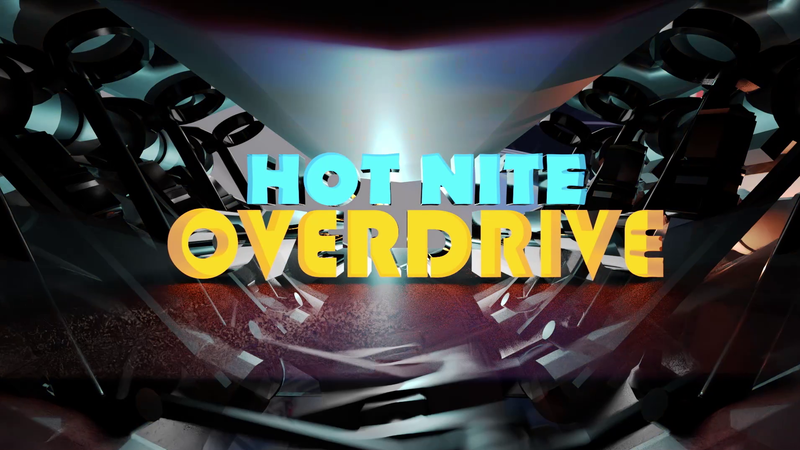
Raccoon population on the rise in Kamloops
KAMLOOPS – While your best bet to see a raccoon in Kamloops is still at the BC Wildlife Park, experts say raccoon populations are growing and sightings of ‘trash pandas’ are on the rise in the Tournament Capitial.
Karl Larsen, a Thompson Rivers University professor specializing in wildlife ecology and management, expects evidence of these opportunistic mammals to become a common sight in Kamloops.
“They’ve been here for a couple decades, I would say maybe longer,” Larsen told CFJC News. “Their numbers are still very low, but I would suspect not for long.”


